A Visual Ethnography of Hyde Park
So this is starting to bring together the ideas I have for my Dissertation, and the reason I bought this little camera last year. In the course of my life in Hyde park, I have been acting the role of ‘researcher participat[ing]’, as Herbert Gans1 would put it – immersing myself in my life in LS6 while researching as i go.
I’ve take these images over the last couple of months – the question is what do they show. Photographs (arguably) do not document facts2, but things that can be interpreted one way or another3, and as such they are often more research questions than answers.
I’ve put together 4 themes in this little set of images. I would encourage clicking through and thinking about the question(s) that each one poses.
Graffiti and flyposting
The discussion of Hyde Park cannot avoid focusing on the issue of stduentification – the process of an area becoming imbalanced towards a student population.
The Leeds HMO Lobby would have us believe that “…The student audience has attracted ubiquitous fly posting and discarded flyers. The general air of neglect encourages graffiti“4. It is almost as if this is not an issue elsewhere. What does the graffiti in these images actually represent?

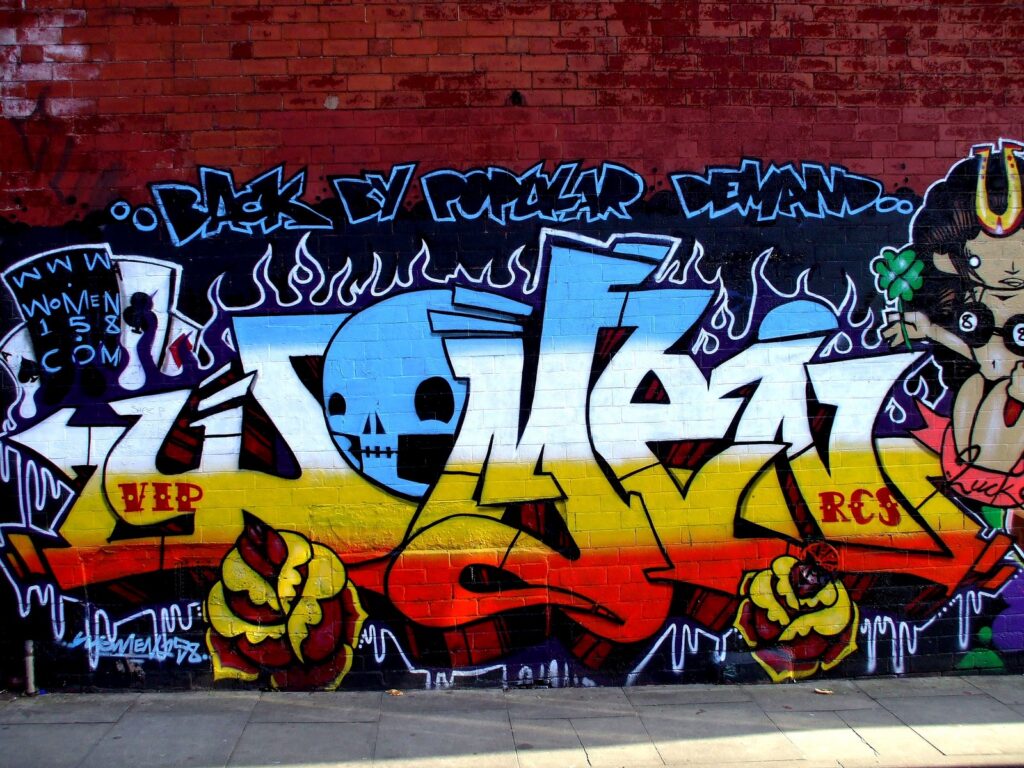
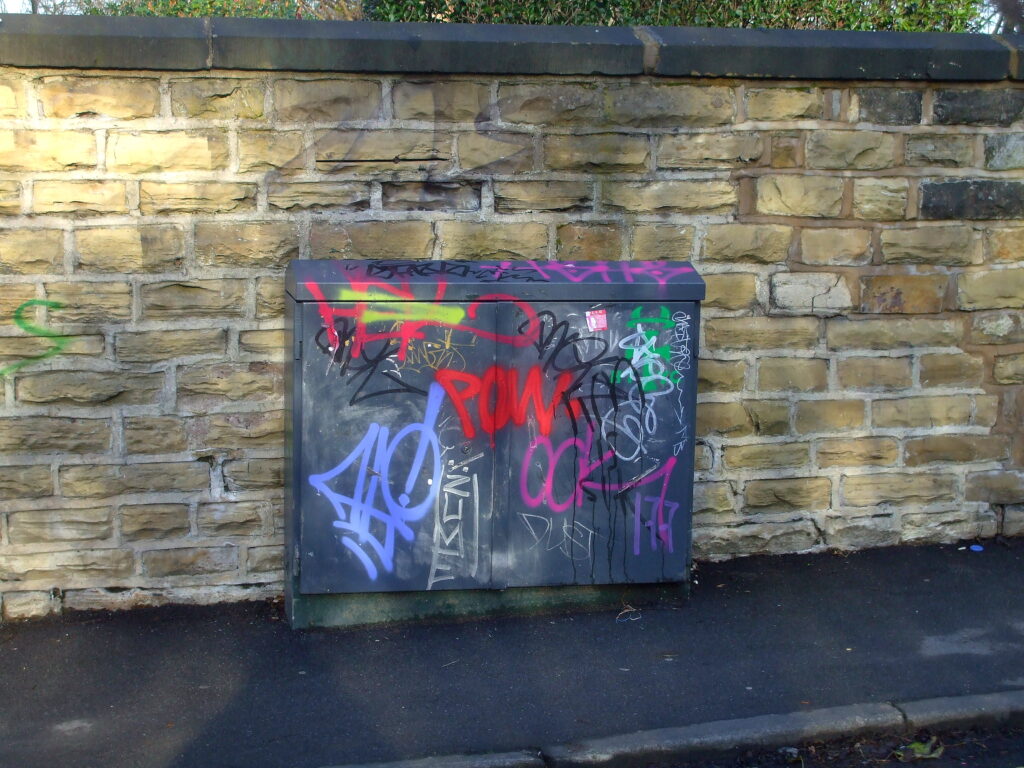

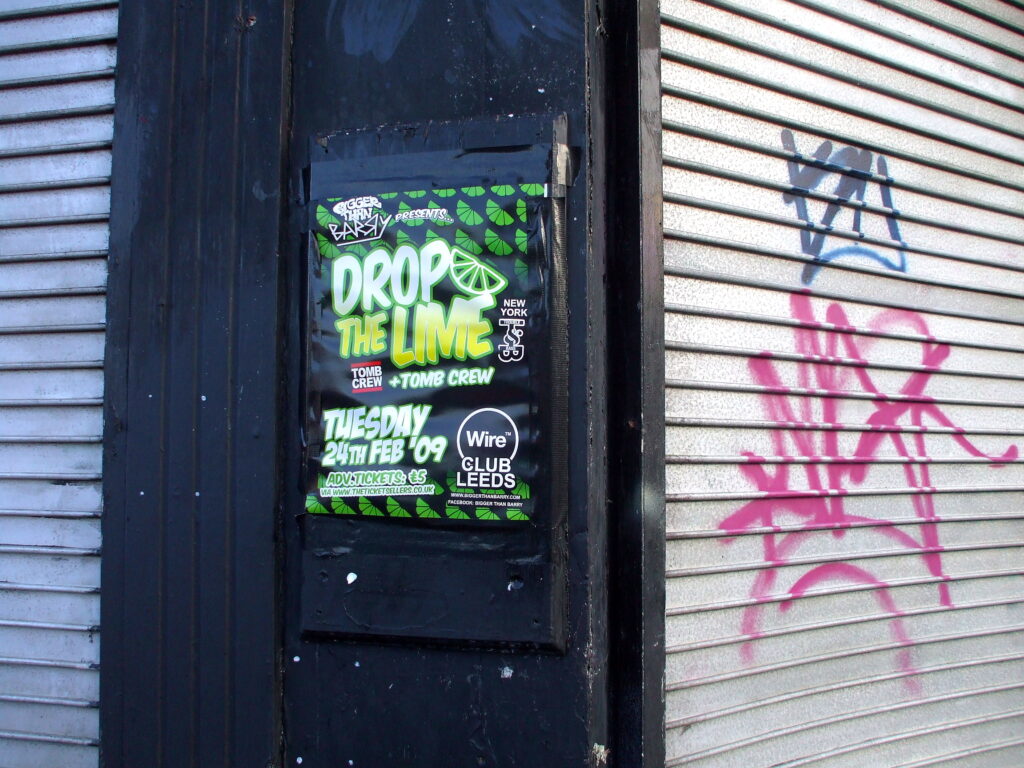
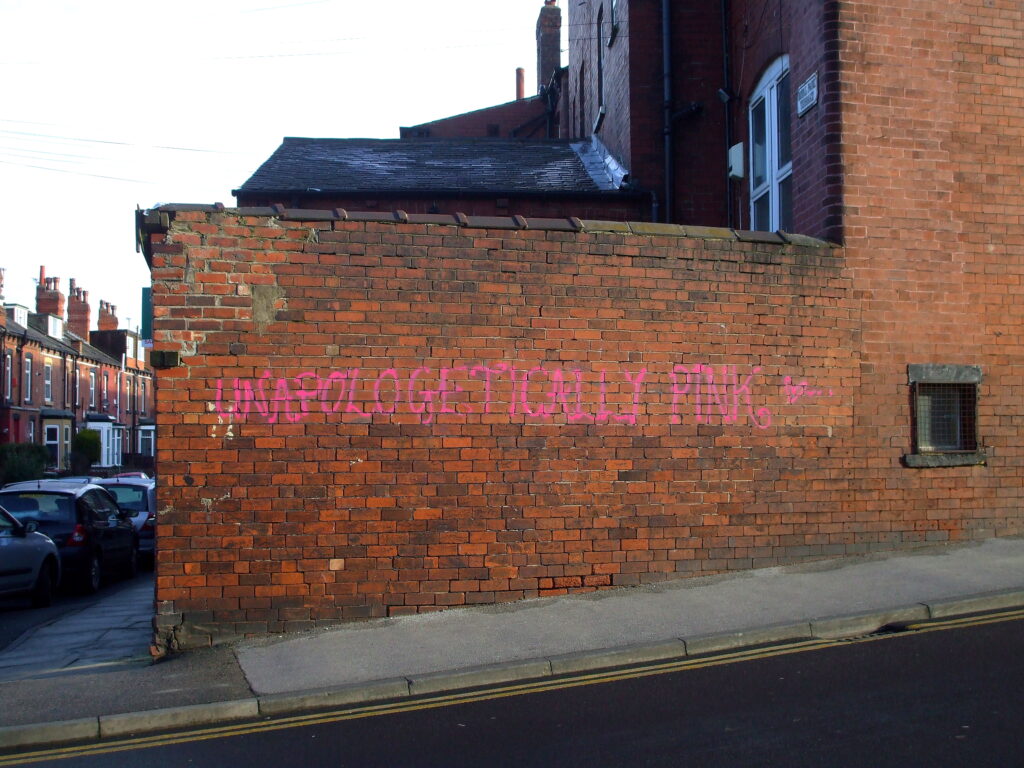
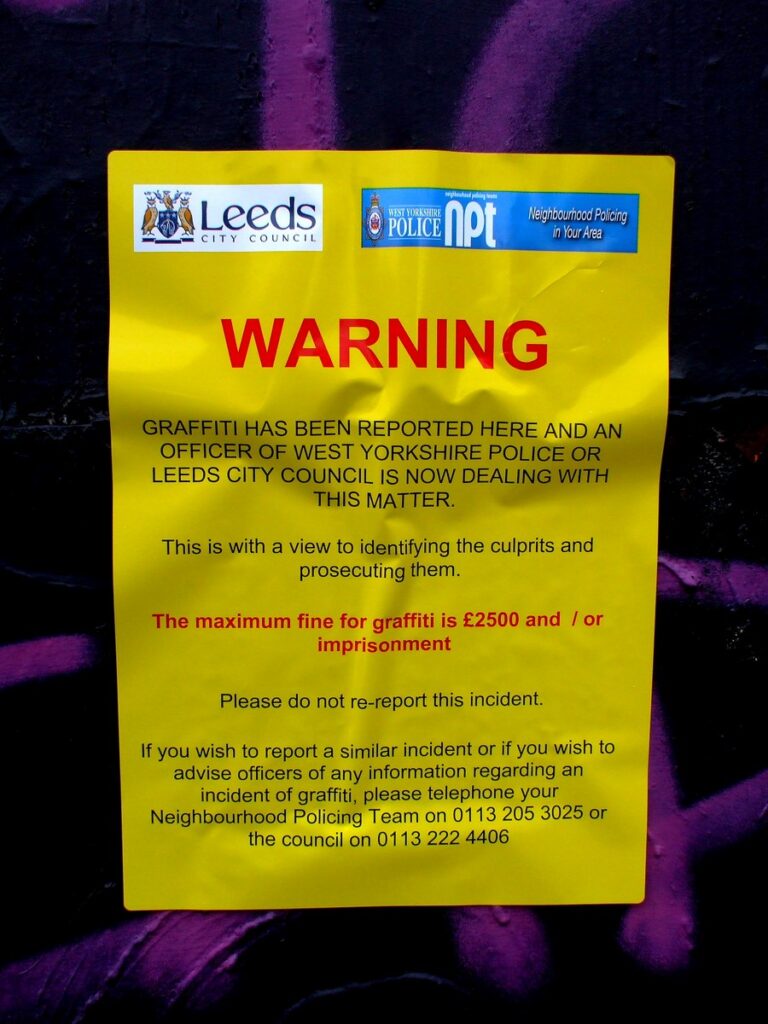
Damage and Decay
Moving further into the territory of broken windows5 (physically, and metaphorically here) problems are more apprent. But what has actually led to these, in this situations?





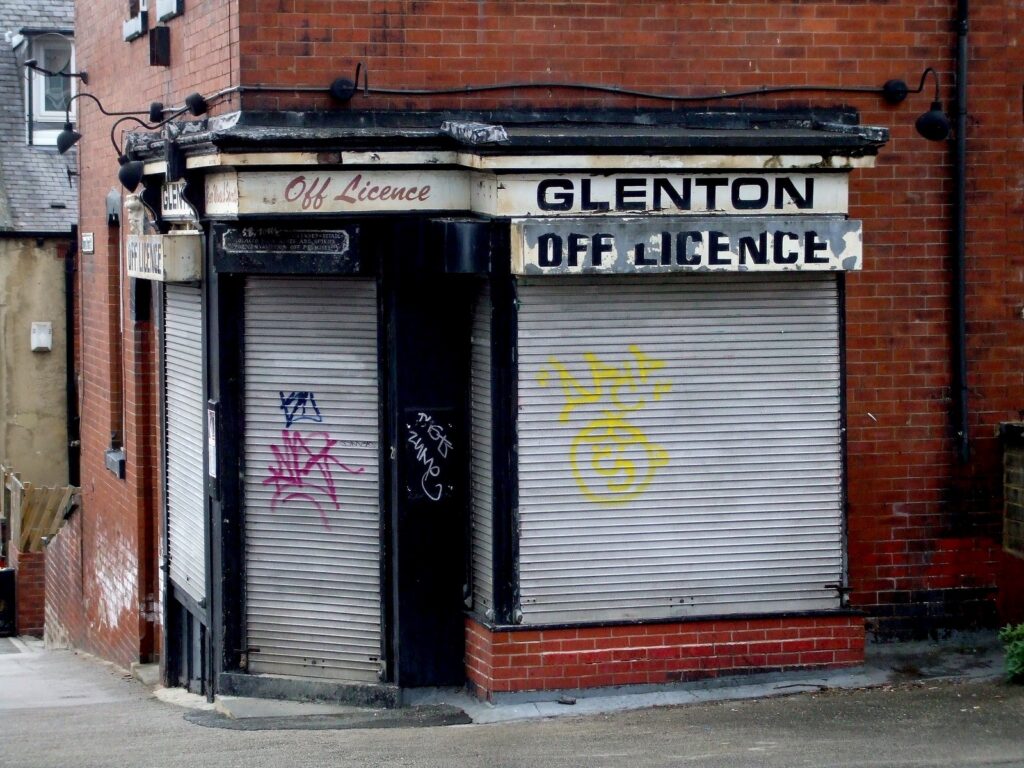

Contested Terrain
“You’re students, we actually live here”, one of my research participants was told. The idea of the ownership of space is a key theme in many debates on Antisocial Behaviour and stduents are seen as “The Other”6 in that debate. When this “Other” impedes on the (self proclaimed) resident-population’s space problems which may be endemic, but unnotices become more obvious.7 Who claims these spaces?

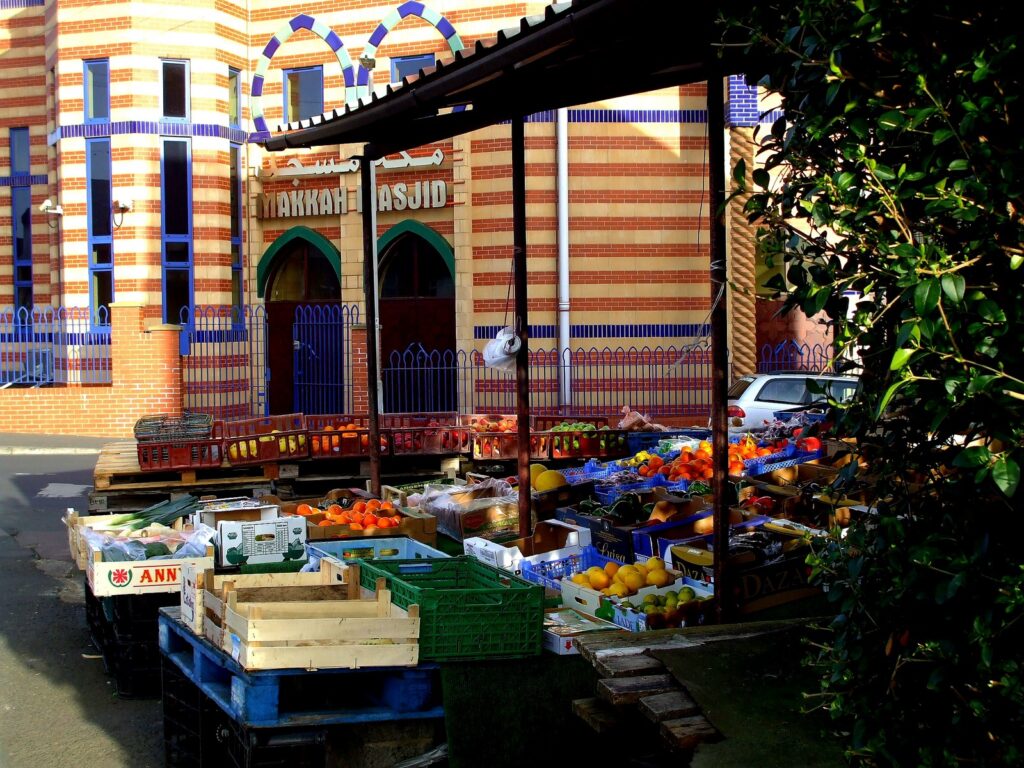
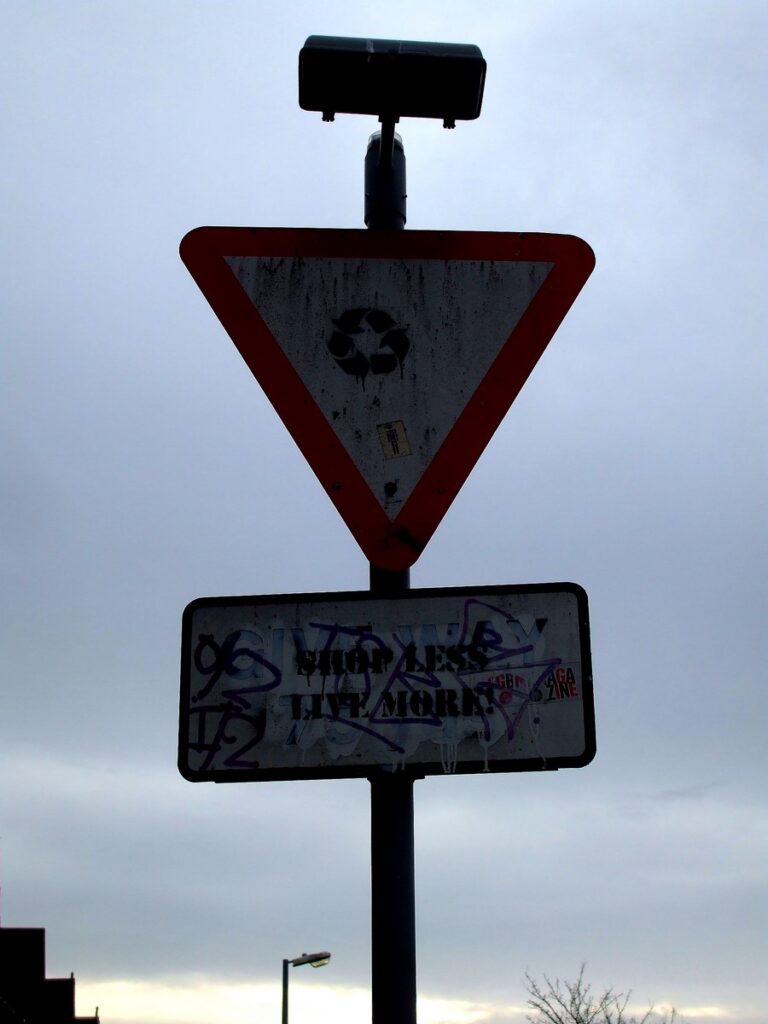
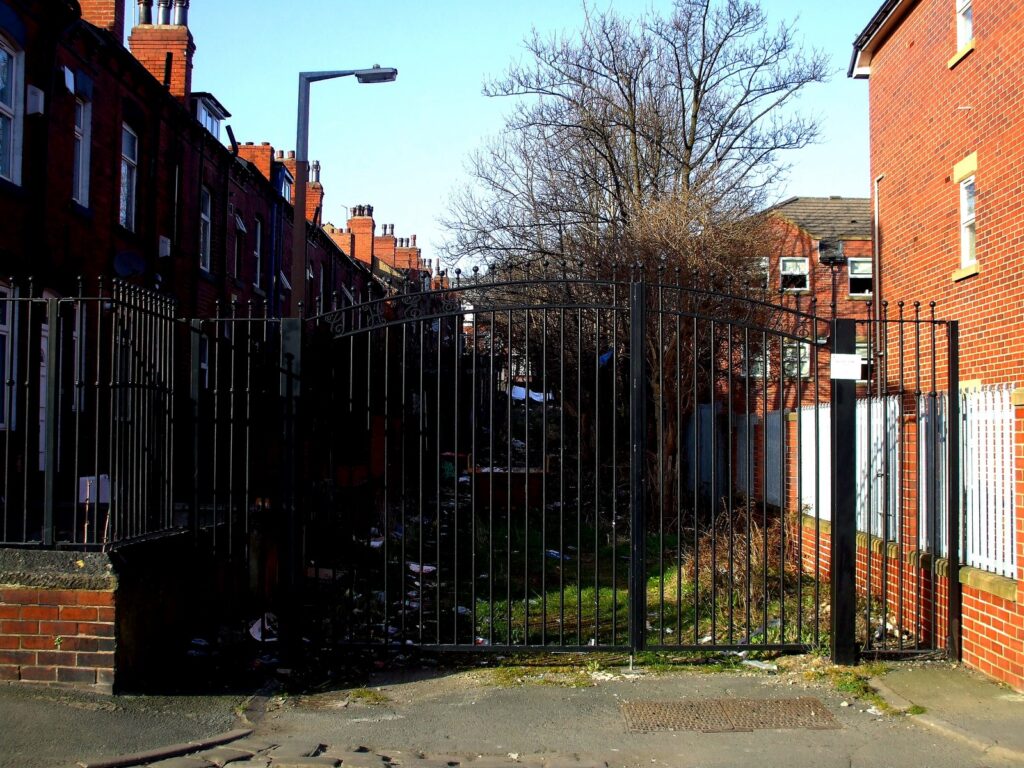

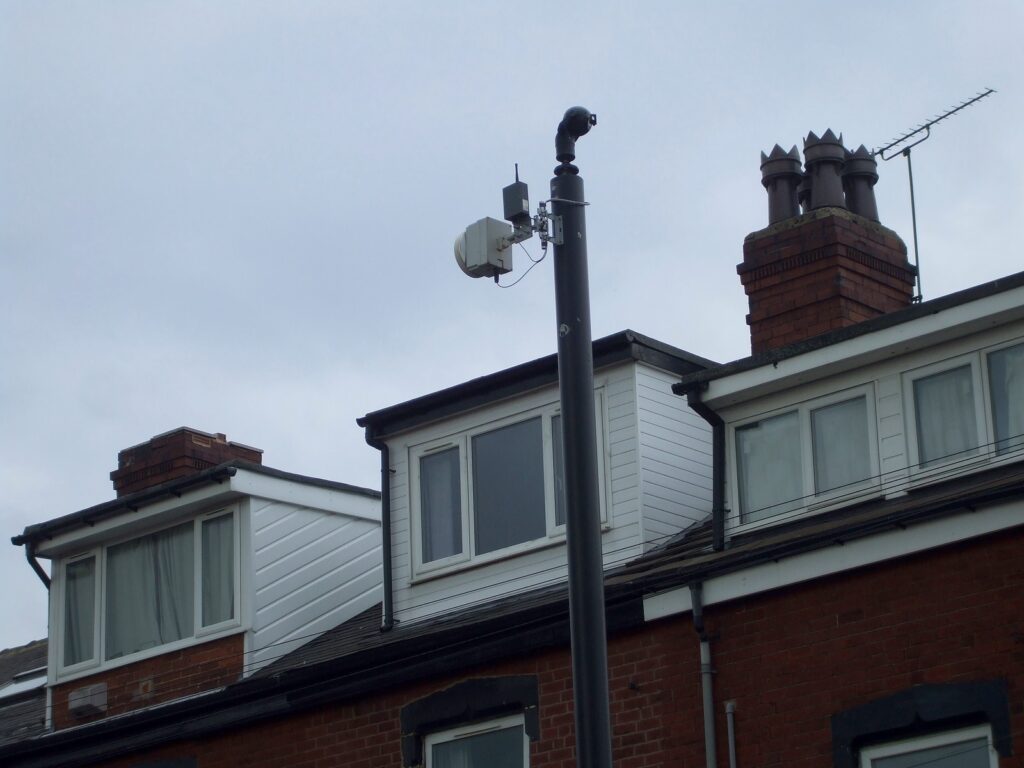
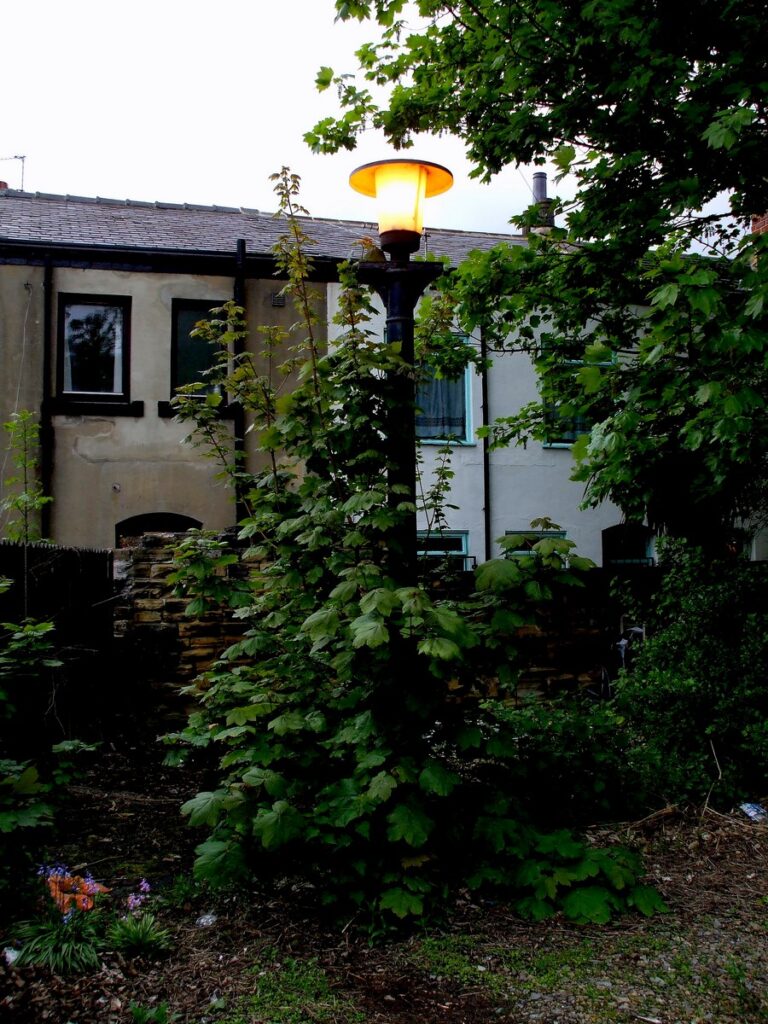
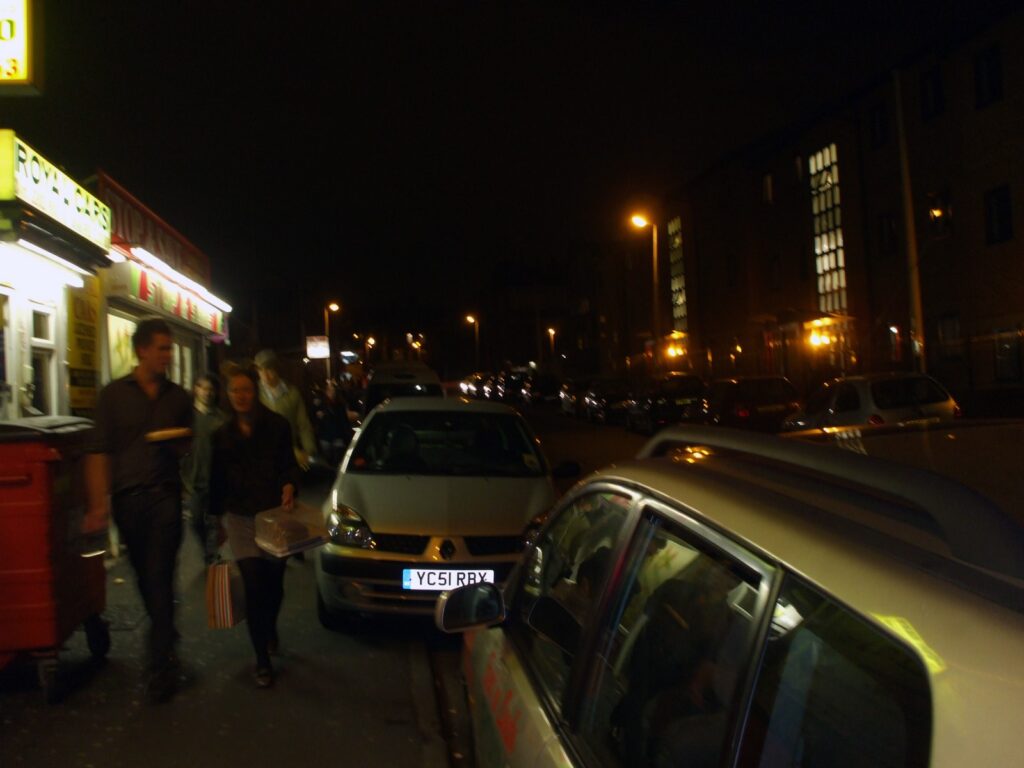

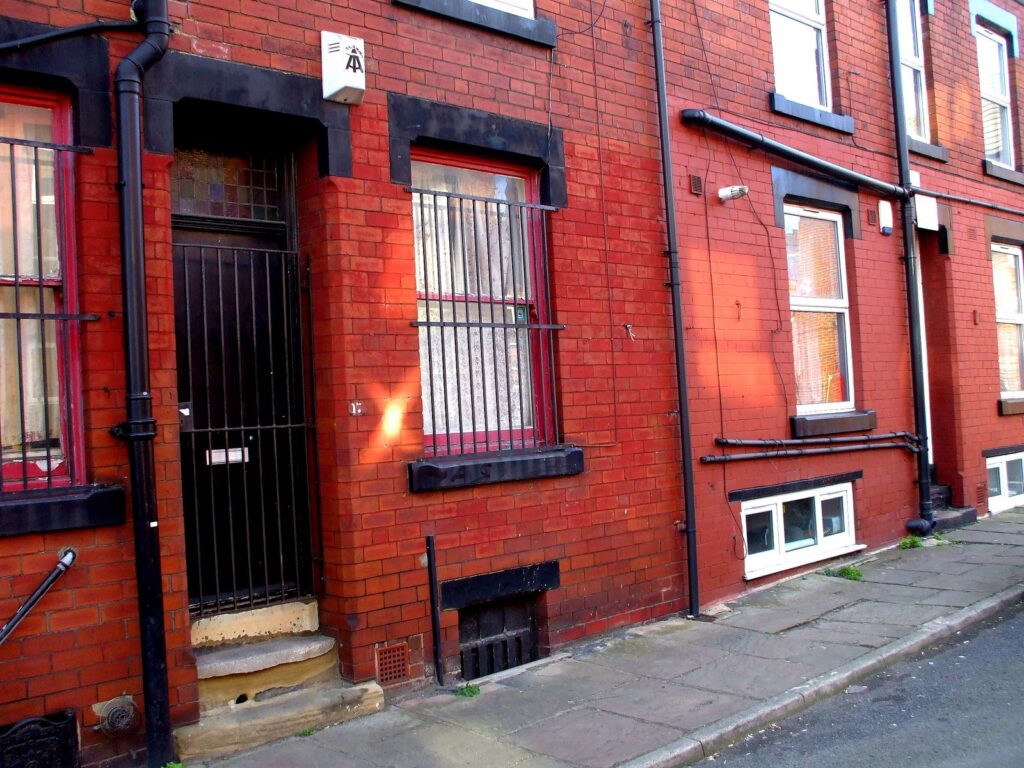
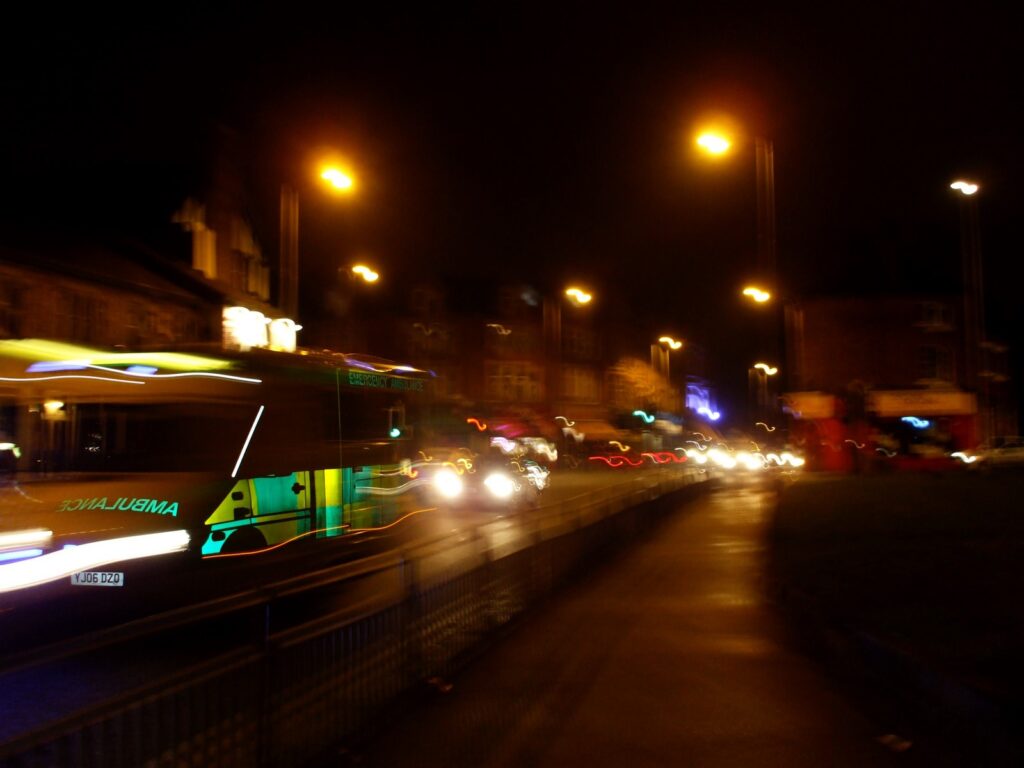
Secrets and Stories
This last set delves a little deeper into the stories of Hyde Park. Things that you may ponder. If you know, you know, if you don’t you may wonder. Photographs do not show something as it is, merely as it is at a point in time8, so are these valid, or are they too ephemeral to have meaning?



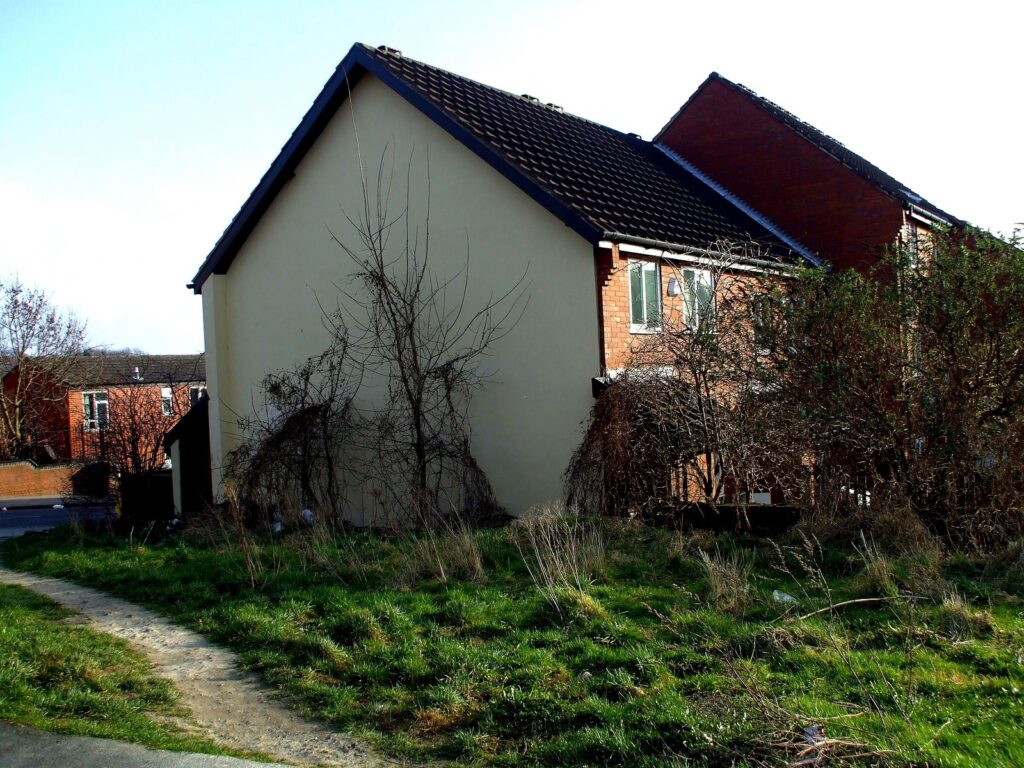
References
- Gans, H. (1962) The Urban Villagers. Group and class in the life of Italian Americans. New York: The Free Press. ↩︎
- Prosser, J. Researching with visual images: Some guidance notes and a glossary for beginners. [online at: http://www.reallifemethods.ac.uk/publications/workingpapers/2006-07-rlm-prosser.pdf] Accessed 20 March 2009. ↩︎
- Clark, A. and Emmel, N. (2007) ‘Learning to use visual methods: a dialogue between two researchers investigating networks, neighbourhoods and communities’. Presentation from ESRC Researcher Development Initiative: Building Capacity in Visual Methods: An Introduction to Visual Methods, University of Leeds, June 2007. [online: http://www.reallifemethods.ac.uk/research/connected/learning-to-use-visual-methods.pdf] Accessed 1 April 2009. ↩︎
- Tyler, R. (2005) Students & the Community in Leeds: Response to Questionnaire from Dr Darren Smith, February 2005 [online: http://hmolobby.org.uk/leeds/natstudcommresponse.htm] Accessed 4 April 2007. ↩︎
- Wilson, J. and Kelling, G. (1982) Broken windows: the police and neighbourhood safety. The Atlantic Monthly. March: 29-37 ↩︎
- Kenyon, E. L. (1997) Seasonal sub-communities: the impact of student households on residential communities. British Journal of Sociology. 48(2) 286-301. ↩︎
- Chatterton, P. (1999) University Students and city centres – the formation of exclusive geographies. Geoforum. 30, 117-33. ↩︎
- Prosser, op. cit. ↩︎